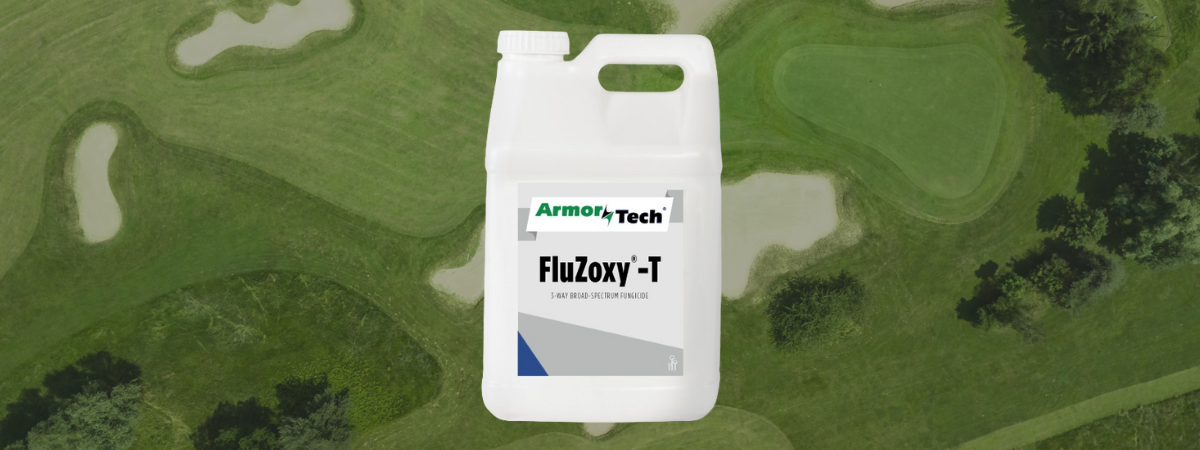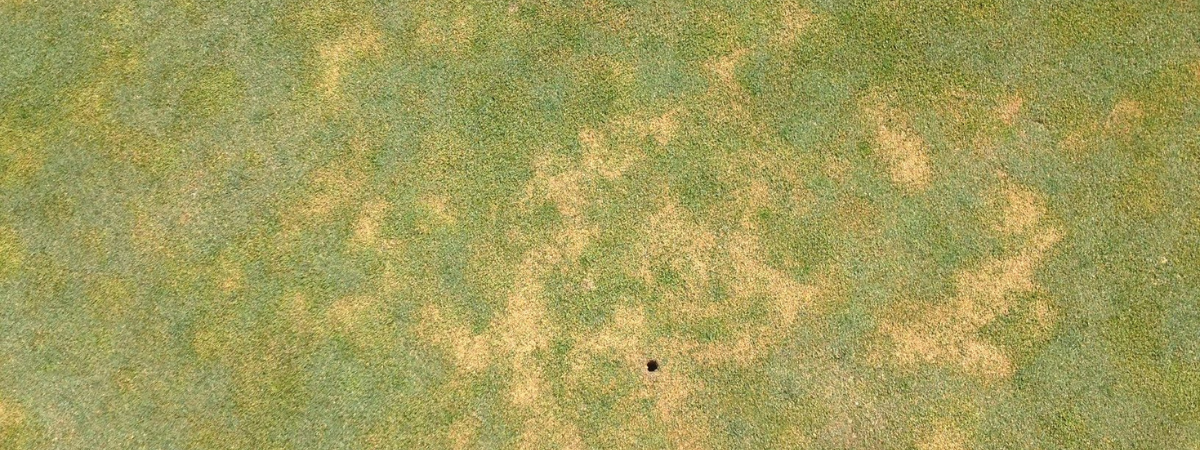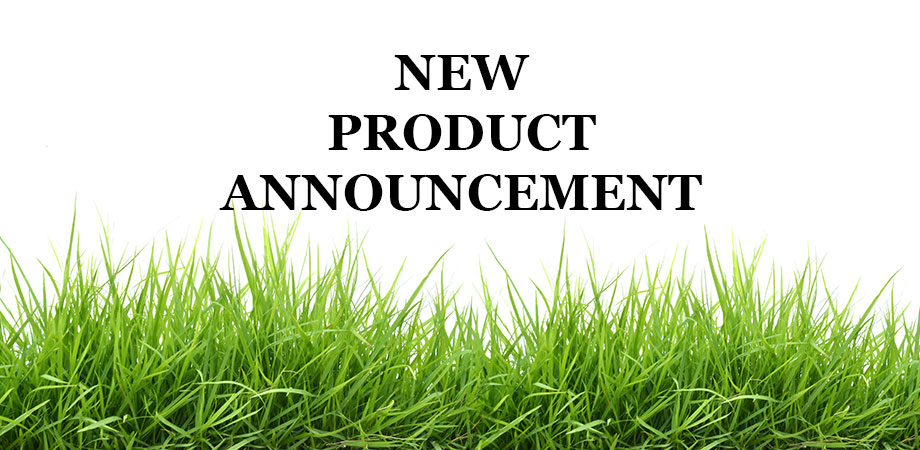Applying irrigation water to your soil does not always mean only water was added. Other non-beneficial elements may be lurking in that water.
One issue that can find its way into your irrigation water and ultimately cause problems with your turf is algae. Algae and other aquatic weeds grow in creeks and ponds on golf courses. Algae can find its way from your irrigation source into your irrigation heads and pump stations and then onto your course. Sometimes it can even clog your irrigation, damaging filters, pumps, and valves.
Several of our manufacturer partners have products to reduce these algae populations and prevent future outbreaks. SePRO’s Captain XTR is excellent at combating “present” surface algae. It is much more friendly to our finned friends who call the lake home than straight copper sulfate. Plus, it works very quickly. If your goal is to get rid of algae within the water column while also clearing the water of phosphorus (algae loves phosphorus), resulting in a very clear-looking lake, then Foliar-Pak’s Pond additive is your approach to getting desirable waterways along with SePRO’s SeClear or EutroSORB. This is not the fastest approach to clear water, but with consistency, it is a great, safe way to go about using biology and science combined.
There are several options for attacking existing weeds, depending on your situation. Nufarm’s Sureguard SC is a very versatile chemical that gets many weeds in and out of the water. Roundup Custom, with the help of Precision Laboratories’ Delux, can quickly put a hurt on nuisance weeds. SePRO’s Sonar One is an excellent one-and-done for most weeds. Your ATS rep will be able to guide you in the right direction for your scenario.
With these products, you treat the pond to treat irrigation issues. Place them in a holding pond, where the irrigation is drawn out for treatment. Treating lakes and ponds is just like managing golf greens. If you get behind, it’s hard to catch up, so treatment needs to be done as early as possible each year and consistency is key for success.
High levels of sodium are another harmful problem that can impact your turf from irrigation water. High levels of sodium in water can create sodium wilt. These localized dry spots can appear on greens that are water-deficient.
The cause of this problem can be a high concentration of sodium in water, the soil, or both. So, testing the water when testing the soil is important. If the irrigation has high sodium levels, and you neglected to have it tested, every time you irrigate it would be like you are taking a salt shaker to your course. Gypsum applications are one method that will aid in flushing the sodium out of the soil placed there by irrigation water. Using Gypsum combined with HydroPak’s Aqueous will help combat soil conditions created by years of irrigation. If your turf surfaces start to puddle soon after the start of irrigation, call your ATS reps to get evaluated.
Sometimes, the course water and the soil combine to become so out of balance that the turfgrass plant cannot take up nutrients. In this instance, we need to feed the turfgrass plant foliarly to bypass the roots not being able to utilize hard minerals in the soil. Foliar-Pak products are specifically formulated to help turfgrass plants take up nutrients by foliar, so they would be beneficial in this situation. Foliar-Pak Armament Concentrate will be your best friend if you have compromised irrigation water. Addressing your nutrient uptake is far less expensive than using fungicides to treat weak, diseased turf. Add wetting agents, like HydroPak’s Command, Aquatrol’s Zipline, and HydroPak’s Percolate, Infiltrip, and Diversion, to help even more by moving water and nutrients into the correct zone so the plant can take it up.
Fun fact about water from the EPA: The earth has the same amount of water on it today that it when it was formed. So, the water you use on your golf course could very well contain molecules that dinosaurs drank.












